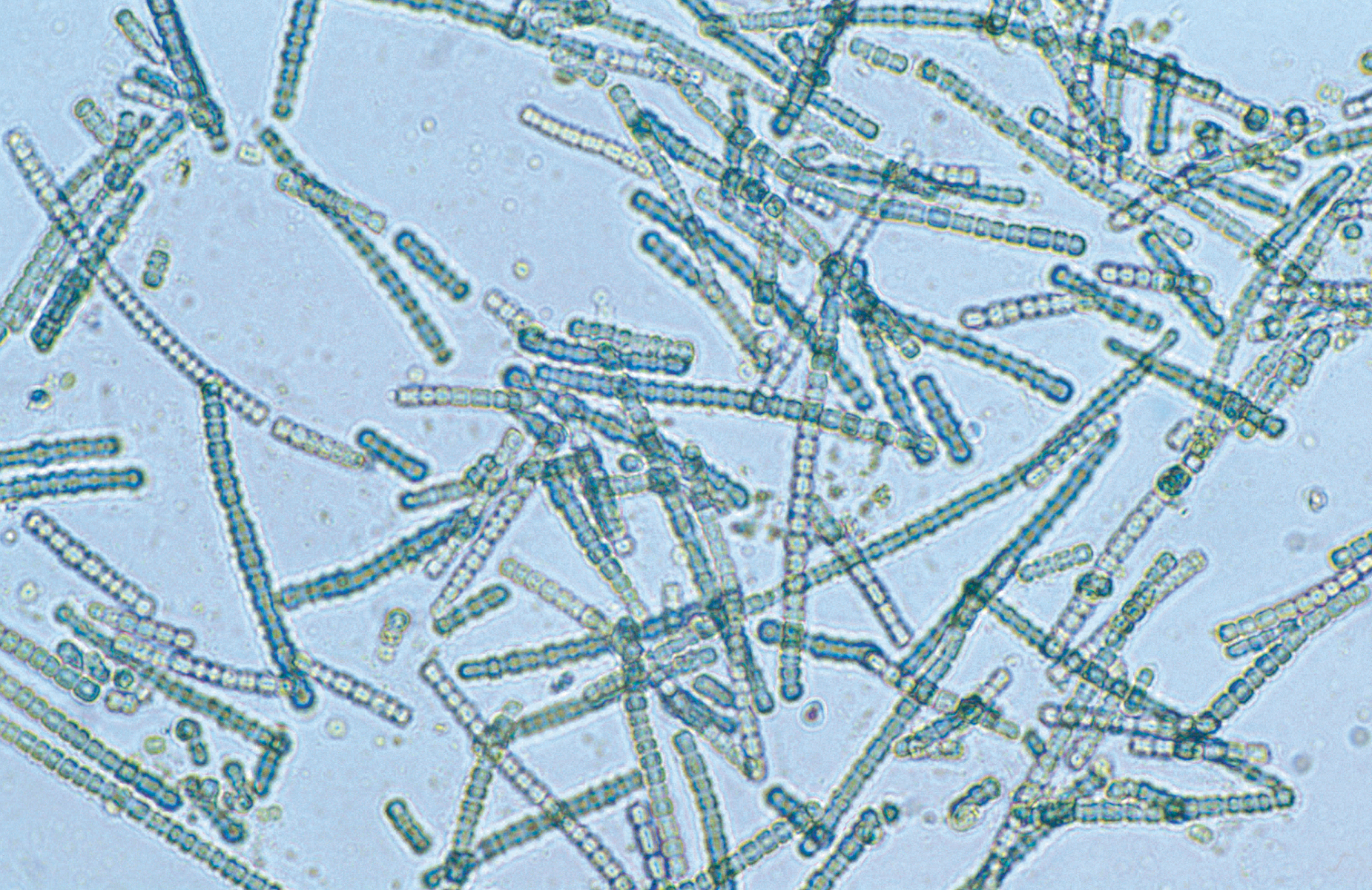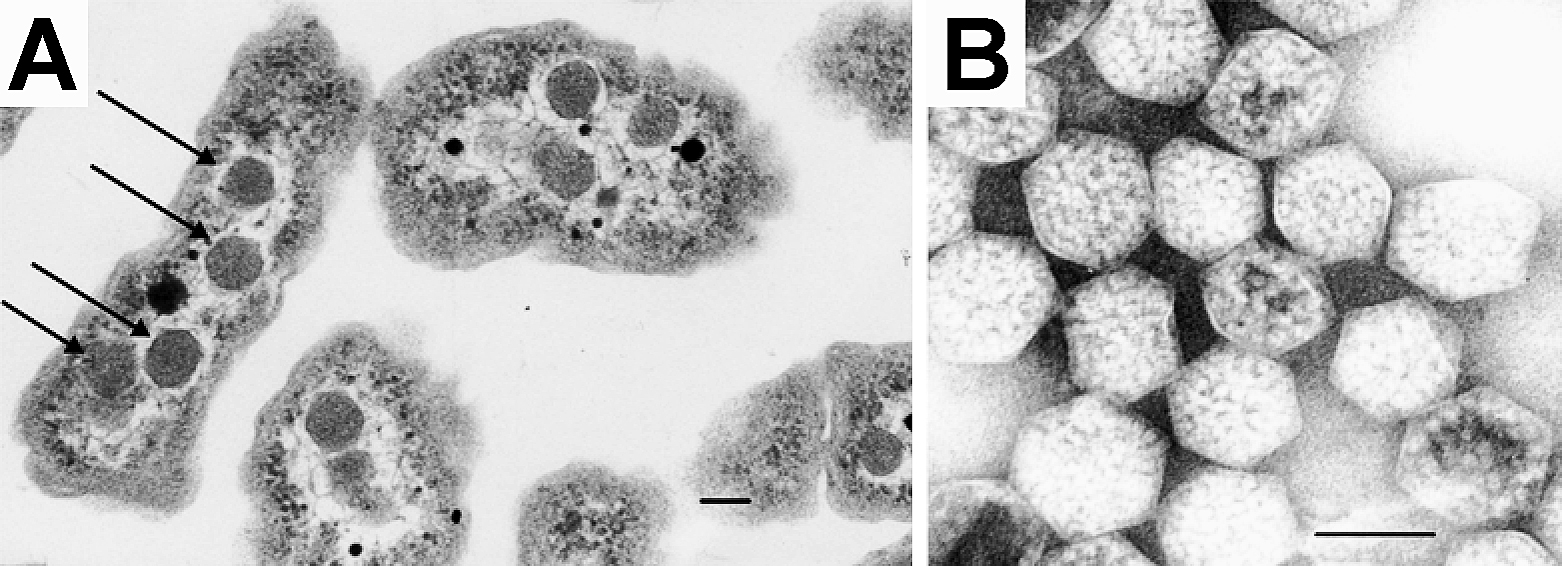Citation: Hurley, S. J., Wing, B. A., Jasper, C. E., Hill, N. C., & Cameron, J. C. (2021). Carbon isotope evidence for the global physiology of Proterozoic cyanobacteria. Science Advances, 11(5087). https://doi.org/10.1126/sciadv.abc8998
[hr]
Imagine for a moment an atmosphere without oxygen. Think about how impossible it would be to breathe, and what kinds of creatures could exist in such a suffocating environment. Our world would look very different, right?
This type of atmosphere is exactly what existed on the early Earth. There was less than 1 part per million (ppm) of oxygen in the atmosphere (we have ~209,000 ppm today), and the oxygen deficiency prevented large organisms – including humans and other animals – from existing. But around 2.4 billion years ago, something happened. Geologists refer to this “something” as the Great Oxidation Event, or GOE, and it caused oxygen concentrations in Earth’s atmosphere to multiply by almost a million (Figure 1). The most common explanation for the GOE is the emergence of cyanobacteria, which perform photosynthesis. This process converts carbon dioxide into oxygen, and was probably responsible for the meteoric rise in atmospheric oxygen concentrations.

Cyanobacteria – also known as blue-green algae (Figure 2) – are still around today, and produce about a quarter of the oxygen on our planet. They live in almost every large body of water, and are particularly abundant in the ocean, where their population is estimated to be about one octillion. (A tower made of 1 octillion humans would be 180 million light years high.) It’s not difficult to believe that the emergence of this successful group 2.4 billion years ago completely changed our planet.
A Confounding Signal

However, when geologists look at ancient rocks formed during the GOE, they don’t find chemical signatures that match those of modern cyanobacteria. These chemical signatures are called carbon isotope ratios.
Simply put, many organisms prefer to use specific isotopes of carbon to others (they typically prefer carbon-12 to carbon-13, because it’s lighter). As the organisms eat and grow, their little bodies accumulate more and more of their preferred isotope, and therefore contain a different isotope ratio of C-13 to C-12 than the one in their surrounding environment. If an ancient rock from the ocean floor contains more of one isotope than normal, geologists know that life existed in the water above (then subsequently died, sank to the seafloor, and was buried in sediments, which eventually solidify to rocks) while the rock was forming.
Modern cyanobacteria have specific carbon isotope ratios when they grow and divide, but that ratio is different from the one observed in GOE rocks. For a while, no one could explain the mismatch. However, researchers from the University of Colorado Boulder noticed that carbon isotope ratios had only been measured from a specific group of modern cyanobacteria, called the alpha-cyanobacteria. The carbon isotope ratio of the other group of cyanobacteria – beta-cyanobacteria – had not been measured.
The researchers wondered if a beta-cyanobacterium (or a genetically-engineered version of one) could have carbon isotope ratios that matched those in GOE rocks.
All You Zombies
To test their theory, the research team grew normal beta-cyanobacteria, as well as genetically-modified “zombie” versions, in vials in the laboratory. The normal and zombie beta-cyanobacteria were exactly the same, except the zombies lacked a cellular structure called a carboxysome (Figure 3). (Today, carboxysomes help cyanobacteria collect enough carbon dioxide for photosynthesis. The researchers believed carboxysomes wouldn’t have been necessary before the GOE because the concentration of carbon dioxide in the atmosphere was much higher, so cyanobacteria without them might better represent the earliest cyanobacteria.)

Conditions in the sealed laboratory vials were meant to mimic those on the early Earth; oxygen concentrations were very low, and carbon dioxide concentrations were very high. After several days, cells of both types were harvested and combusted to determine their carbon isotope composition. Surprisingly, the researchers found that the normal, modern beta-cyanobacteria (with carboxysomes) were a perfect match for the organisms recorded by GOE rocks.
Beta is the New Alpha
The fact that modern beta-cyanobacteria are likely the same organisms responsible for the GOE is stunning. It indicates that cyanobacteria perfected what they do more than 2 billion years ago, and haven’t changed all that much since. That’s completely opposite human evolution, which is incredibly recent and fast-paced.
Furthermore, the experiments showed that ancient cyanobacteria likely had a carboxysome, because the carbon isotope ratios of the zombies didn’t match those in GOE rocks. This finding is unexpected, because carboxysomes concentrating carbon dioxide wouldn’t have been necessary before the GOE. The researchers suspect that the ancient carboxysome had a different function, and maybe served to protect the cyanobacteria cells from the rising concentrations of oxygen in the air.
Overall, this discovery gives us a clearer picture of what the Earth looked like 2.4 billion years ago, and the organisms responsible for changing everything.
[hr]
I’m a PhD candidate in Earth System Science at Stanford University, and I study how microbes in deep ocean sediments produce and consume greenhouse gases. I’m a native of the landlocked state of Minnesota, so I’ve always been fascinated by the ocean. When I’m not in the lab, I love to race triathlons, forward “The Onion” articles to friends and family, and hike with my hound dog Banjo.

